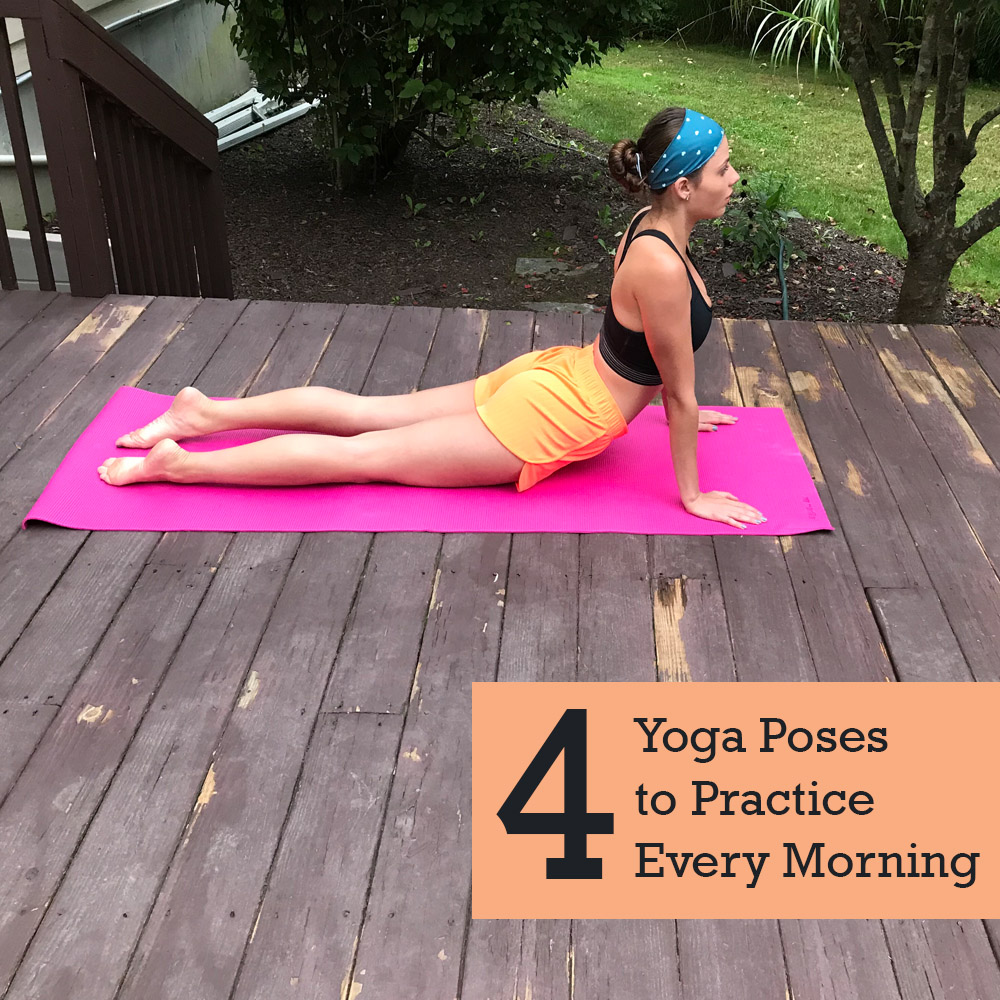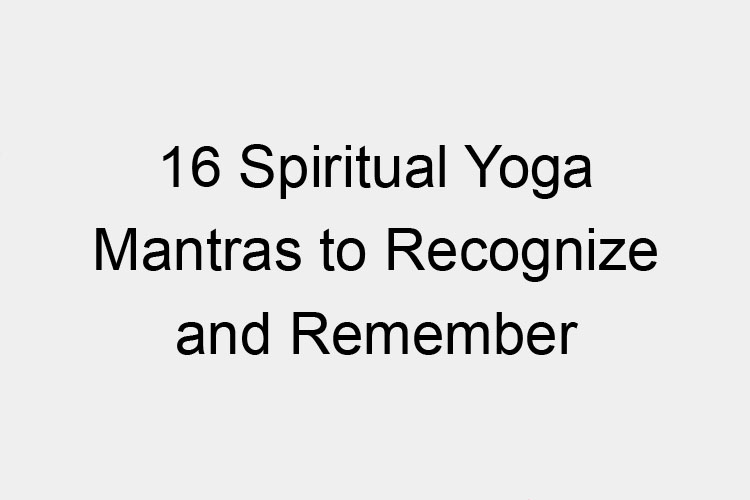
Practicing a morning yoga routine is a great way to start the day on a positive note. In this new digital age, it is so easy to slip into the habit of checking your phone the moment you wake up. It is important to begin your day with a non-digital interaction such as a nice hot shower, meditation, reading, or my favorite…yoga. Listed are four yoga poses to say good morning to your body.
-
 Child’s Pose- Child’s pose is a resting pose that helps stretch the hips, thighs and ankles. The pose stretches the muscles of the back torso and relaxes the front of your body.
Child’s Pose- Child’s pose is a resting pose that helps stretch the hips, thighs and ankles. The pose stretches the muscles of the back torso and relaxes the front of your body. -
 Downward Facing Dog – This asana deeply stretches your shoulders, calves, arches, hamstrings, and spine. In order to perfect the downward dog you have to lift your hips so your knees are not on the mat, engage your low belly, and straighten your legs.
Downward Facing Dog – This asana deeply stretches your shoulders, calves, arches, hamstrings, and spine. In order to perfect the downward dog you have to lift your hips so your knees are not on the mat, engage your low belly, and straighten your legs. -
 Upward Facing Dog- This asana improves posture, strengthens the spine, arms, and wrists, and stretches your chest, shoulders, and abdomen. Begin by lying down with your legs extended behind you. Place your hands on the floor alongside your body next to your lower ribs. Press your hands through the floor.
Upward Facing Dog- This asana improves posture, strengthens the spine, arms, and wrists, and stretches your chest, shoulders, and abdomen. Begin by lying down with your legs extended behind you. Place your hands on the floor alongside your body next to your lower ribs. Press your hands through the floor. -
 Plank Pose- This pose tones the abdominal muscles as well as strengthens the arms and spine. It helps you achieve less back pain and better balance.
Plank Pose- This pose tones the abdominal muscles as well as strengthens the arms and spine. It helps you achieve less back pain and better balance.










































































































